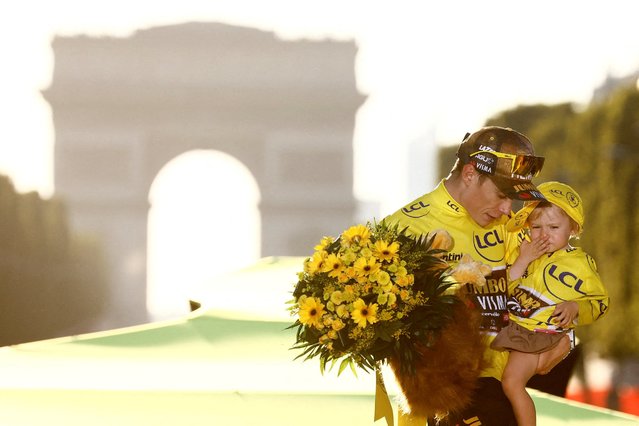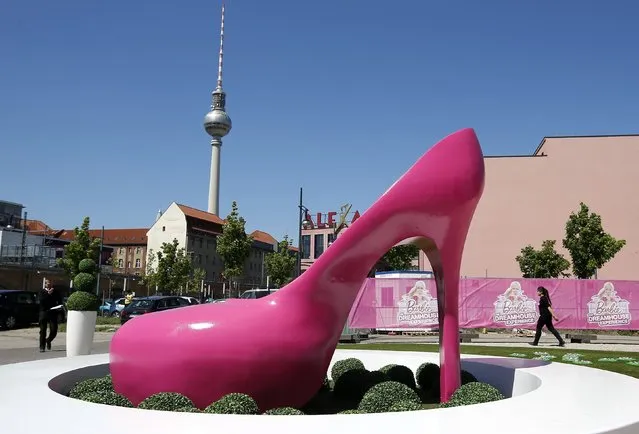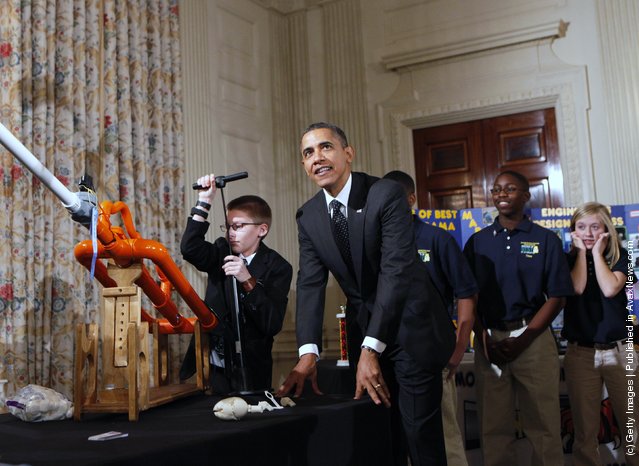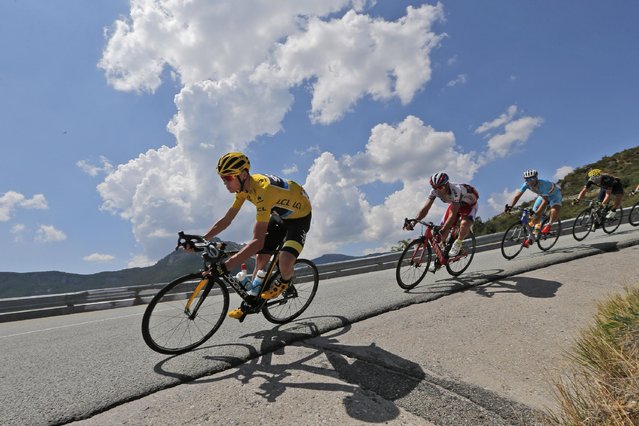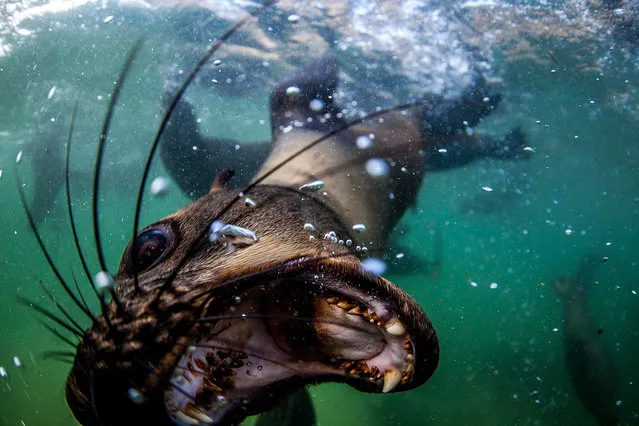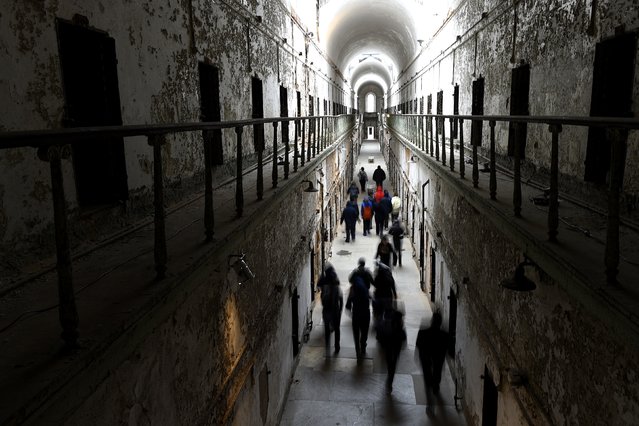
A Ukrainian dancer of the Kyiv City Ballet company stretches prior to a performance at the Theatre de Chatelet, in Paris, Tuesday, March 8, 2022. The Kyiv City Ballet danced to a full house in Paris for the last show of a French tour that has left the company stranded after the war broke out in Ukraine. They described being physically and emotionally exhausted. Being given the opportunity to train and dance was for many a chance to focus on something other than the war. (Photo by Thibault Camus/AP Photo)
07 May 2022 05:23:00,post received
0 comments

